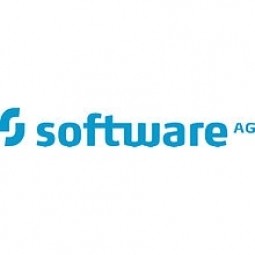Software AG
Case Studies
DFDS Seaways Destined For Increased Efficiencies By Using Soa And BPM
Overview
 |
DFDS Seaways Destined For Increased Efficiencies By Using Soa And BPMSoftware AG |
Application Infrastructure & Middleware - API Integration & Management Application Infrastructure & Middleware - Middleware, SDKs & Libraries | |
Marine & Shipping | |
Business Operation Logistics & Transportation | |
Process Control & Optimization Supply Chain Visibility | |
Software Design & Engineering Services System Integration | |
Operational Impact
| Higher productivity due to well-integrated functionality and modern interfaces. | |
| Elimination of redundant data entry. | |
| Ease of adding new functionality without any one software package becoming uncontrollably large. | |


